
The ancient lineage of freshwater gar fish
Delving into the deep past of freshwater gar fish
The freshwater gar fish, with its prehistoric appeal, has always been a captivating topic for enthusiasts and scholars alike. These fish are part of an ancient lineage that stretches back over 100 million years. Members of the family Lepisosteidae, the gar species have survived drastic changes in the Earth's ecosystem, adapting and thriving where other species have perished. Lepisosteus, the scientific name for gars, traces its roots to the Cretaceous period. This puts them in the same era as some of the most feared and fascinating dinosaurs. Such a deep historical lineage contributes significantly to the body structure and unique features seen today. Throughout their evolutionary journey, gars have maintained their iconic ganoid scales, which are different from common fish scales. These diamond-shaped scales are composed of ganoine, giving them a distinct and sturdy armor-like coverage. These robust scales have contributed to their success as a species over millions of years, providing protection and aiding survival. Interestingly, gars exhibit various features that hark back to their ancient ancestry, such as their long, slender bodies and elongated snouts filled with sharp teeth. These physical traits have remained largely unchanged for millions of years, a testament to their effectiveness. The sharp teeth and elongated snouts are not just for show; they play a vital role in their hunting strategy, allowing them to capture and hold onto prey effectively. Being air-breathing fish, gars have an interesting adaptation: a vascularized swim bladder that can function similarly to a lung. This adaptation is particularly beneficial when they inhabit waters with low oxygen levels, giving them an advantage over other fish. From a geographical viewpoint, the freshwater gar fish predominantly inhabit waters in North America, including the United States, Mexico, and parts of Cuba. The Mississippi River and its tributaries are especially known for their gar populations. However, they can also be found from Florida to as far south as Central America. This broad distribution speaks volumes about their adaptability and resilience. This ancient lineage not only gives us insights into the evolutionary history of fish but also serves as a living fossil, teaching us much about adaptation and survival. These fascinating creatures continue to intrigue and inspire, offering a window into a past long gone. For more insights on the ideal times to fish in freshwater lakes, check out maximize your catch: what are the best times to fish in freshwater lakes to improve your angling success rates.Different species of gar fish
Diverse species with unique traits
Gar fish are fascinating creatures with a rich variety across multiple species. These guys are part of the family Lepisosteidae and have been around for over 100 million years! You'll find gars mainly in North and Central America. There are seven recognized species of gars, each unique in its way. Let's dive into some of the most interesting ones:
Longnose gar: a river beast
The longnose gar (Lepisosteus osseus) is probably the most well-known member of the gar family. These fellas can reach lengths of up to 6 feet and live for about 15 to 20 years. They have long, slender bodies covered in tough, diamond-shaped ganoid scales. Longnose gars are found primarily in the freshwaters of North America, including the United States and Canada. Interesting fact: Longnose gar eggs are actually toxic to humans and other mammals, so don't try to taste them!
Alligator gar: the apex predator
The alligator gar (Atractosteus spatula) is the largest of the gar species and can grow up to an incredible 10 feet long and weigh over 300 pounds! These giants inhabit the southern United States, particularly the Mississippi River basin, Texas, and even as far east as Florida. With a lifespan of up to 50 years in the wild, alligator gars are true survivors. Their distinctive broad snouts and sharp teeth make them look like, well, alligators! They're ambush predators, feeding on almost anything that comes their way.
Spotted gar: the speckled beauty
The spotted gar (Lepisosteus oculatus) gets its name from the dark spots that pepper its body and head. These gars are smaller, usually growing about 2-3 feet in length. They thrive in the slow-moving waters of rivers, lakes, and swamps in North America, especially in places like the United States and Mexico. They may not look as fierce as their bigger relatives, but they are still effective hunters.
Shortnose gar: the little guy
The shortnose gar (Lepisosteus platostomus) may not be as imposing as the alligator gar, but they certainly hold their ground. These gars rarely exceed 3 feet in length, and just like their name suggests, they have a shorter snout compared to other gars. Shortnose gars are found in rivers and lakes throughout the central United States. They're quite the little survivors in their own right!
The varied species of gar fish not only highlight the adaptability and survival instincts of these ancient creatures but also offer an exciting glimpse into their unique world. Understanding these species helps in discovering the hidden gems of freshwater lakes and appreciating the rich diversity they provide.
Habitat and distribution of gar fish
Where gar fish call home
When it comes to habitat and distribution, freshwater gar fish have staked their claim in a variety of locales. From the murky waters of the Mississippi River to the serene lakes of North America, these fish are quite the explorers. In fact, gars can be found swarming rivers and lakes across the United States, Mexico, and even extending into parts of South America.
Their adaptability doesn’t stop there. Different species like the longnose gar (Lepisosteus osseus) and the shortnose gar (Lepisosteus platostomus) have thrived in varied water conditions. The massive alligator gar (Atractosteus spatula), with its robust build and sharp teeth, can be found in states like Texas and Florida, making their mark in slow-moving rivers and brackish waters. These habitats are not just homes; they’re battlegrounds where gars exercise their predatory prowess.
Gar species in diverse climates
Gars are a family of survivors, dwelling in environments where other fish might falter. For instance, the spotted gar (Lepisosteus oculatus) prefers clear streams and shallow lakes, donning its diamond-shaped scales that provide a natural camouflage. Meanwhile, the longnose gar can often be seen lurking beneath the water's surface, waiting to ambush its prey.
Interestingly, gar species have also been retrieved from fossil records in Europe and Africa, indicating their widespread historical presence. However, today, their stronghold remains in North America, particularly in the Gulf of Mexico and the waters stretching up towards Canada.
Ecosystem roles and implications
The role of gar fish within their habitats is multifaceted. They serve as top predators, keeping the populations of smaller fish and invertebrates in check. This balancing act is crucial for maintaining healthy aquatic ecosystems. However, their predatory nature has also led to controversies, especially among anglers worried about the impact on other fish species.
Gar fish's adaptations, like their ganoid scales and the ability to gulp air, allow them to survive in oxygen-poor waters. This trait ensures their dominance in environments where competition is less fierce, giving them an edge over other species. It's fascinating to see how these ancient warriors have fine-tuned their survival tactics over the years.
Physical characteristics and adaptations
Unique physical traits of gar fish
The freshwater gar fish, part of the ancient lineage of fish, stands out with several distinctive physical traits. Members of the family Lepisosteidae, gars like the longnose gar (Lepisosteus osseus), alligator gar (Atractosteus spatula), and shortnose gar (Lepisosteus platostomus), are well-known for their unique body shapes and tough protective features.
Armor-like ganoid scales
One of the standout features of gars is their ganoid scales. These diamond-shaped scales form a hard, bony exterior that shields the fish from predators. Unlike the overlapping cycloid and ctenoid scales found on most modern fish, ganoid scales interlock, offering a level of defense comparable to medieval armor. This protective trait has enabled gars to thrive where other species might not.
Adaptation with elongated body and head
All gar species share an elongated, torpedo-shaped body and an equally extended head equipped with a long snout and tightly packed rows of sharp teeth. This structure is an excellent adaptation for their predatory lifestyle, allowing them to swiftly dart and snatch up prey. The alligator gar (Atractosteus spatula), for example, can grow over 10 feet in length and possesses a robust jaw capable of exerting significant force.
Dorsal and anal fins for precise movement
Gars have dorsal and anal fins placed far back on their bodies, closer to the tail fin. This placement allows them to make sudden, powerful bursts of speed and sharp turns. Such agility is crucial for ambushing prey and escaping threats. Observing a gar in motion, one can appreciate the synergy between its physical form and predatory behavior.
Respiratory adaptations for survival
Living in oxygen-poor environments demands specialized adaptations. Gars possess a modified swim bladder that acts as a lung, enabling them to gulp air and extract oxygen directly. This ability to breathe atmospheric air allows them to survive in habitats where other fish might suffocate, such as the shallow, stagnant waters often found in regions like the Mississippi River basin.
Sharp teeth: a predatory advantage
Equipped with rows of sharp teeth, gars like the spotted gar (Lepisosteus oculatus) are equipped to seize and hold onto slippery prey. Their diet primarily consists of other fish and crustaceans, which they capture with a quick sideways snap of their jaws. This predatory efficiency is a testament to their evolutionary success.
The ancient gar fish with its robust physical adaptations continues to fascinate scientists and anglers alike. Its unique characteristics, from ganoid scales to adaptable respiratory features, not only ensure its survival but also position it as a noteworthy subject of study. Whether you're marveling at its prehistoric armor or admiring its efficient hunting techniques, the gar is a stellar example of evolutionary resilience.
Diet and feeding habits
Dining preferences and hunting behavior
Diving into the dietary choices of freshwater gar fish, one quickly realizes that these ancient predators have refined their hunting techniques over thousands of years. Primarily, gars are piscivorous, meaning that they predominantly feed on other fish. Specific species, like the longnose gar (lepisosteus osseus) and alligator gar (atractosteus spatula), are known for their sharp teeth which help them capture and hold onto slippery prey.
Studies have shown that approximately 95% of a gar's diet consists of fish, but these opportunistic feeders are not above snacking on crustaceans, insects, and even small mammals if they get the chance (Wikipedia). For instance, the alligator gar has been observed consuming waterfowl and small reptiles, showcasing its adaptability to different environments.
An intricate part of their feeding game is their habitat, where still or slow-moving waters provide an ideal hunting ground. Gars often lie in wait, camouflaged by vegetation, before ambushing their prey with a sudden lunge. Their long, slender bodies and diamond-shaped ganoid scales offer both agility and protection, aiding in their hunting prowess.
Expert insights from Dr. Solomon David, an aquatic ecologist, reinforce this idea. He states, "Gar species, especially in North America, play a significant role in controlling fish populations, keeping ecosystems balanced. Their role should not be underestimated" (GBIF).
Gar, particularly the longnose gar and shortnose gar (lepisosteus platostomus), have interesting hunting habits. They have been known to perform a unique tactic called 'gaping', where they open their mouths less as a sign of aggression and more as a strategic pose to signal other gars or to ambush prey more effectively. This tactic can be quite shocking to observe but is very practical for a predator adapted over millions of years.
Further research by the iNaturalist community has mapped and analyzed feeding patterns, emphasizing how different gars adjust their diets based on seasonal availability of prey, ensuring their survival in varied ecological systems.
The diet and hunting techniques of gar are meticulously tailored to their ancient evolutionary traits, making them a fascinating study. As apex predators within their aquatic environments, they are instrumental in maintaining the ecological balance. Understanding their dietary habits offers valuable insight into the dynamic nature of freshwater ecosystems.
Reproduction and life cycle
Courtship rituals and spawning sites
When it's time for the freshwater gar fish to reproduce, things get quite fascinating. Come spring and summer, the warmer waters trigger the spawning season for gars. For instance, longnose gar (Lepisosteus osseus) and shortnose gar (Lepisosteus platostomus) both seek shallow waters, rich in vegetation, to lay their eggs. These vegetation-rich areas offer a safe haven from predators.The dance of life
During this time, male gars exhibit an intriguing courtship dance to woo the females. According to a study published in the Journal of Fish Biology, males frequently nudge, nip, and swim around potential mates to attract attention. And it's no small affair—multiple males often compete for a single female, making the waters quite lively. Mature females lay thousands of sticky green eggs on submerged vegetation, knowing the ganoid scales of gars play a defensive role during this process. Remarkably, within just 8-10 days, these eggs hatch, giving birth to a new generation of gar that will spend the first couple of years growing and adapting in the protective vegetation before moving into deeper waters.Juvenile survival
The survival rate of juvenile gars can be low due to predation from larger fish and birds. However, their rapid growth rate and unique adaptations increase their chances of reaching adulthood. Interestingly, gar eggs are toxic to many would-be predators, providing an initial layer of defense during their most vulnerable stage.Population dynamics
Freshwater gars, including species like the alligator gar (Atractosteus spatula) and the spotted gar (Lepisosteus oculatus), have varying reproductive success depending on environmental conditions. Flooding events, for example, can create temporary but ideal spawning habitats, leading to population booms. Understanding these reproductive patterns is crucial for conservation efforts, especially in rivers like the Mississippi and regions in Florida where habitat loss poses a big threat. According to fisheries biologist Dr. Leslie Lucas, “Preserving the natural spawning sites and understanding their reproduction cycle can aid in maintaining healthy gar populations.” Freshwater gar fish have an impressive reproductive strategy that ensures their ancient lineage continues to thrive in North America and beyond. For more on their habitat and how they adapt to various environments, check out the related section in this series.Fishing for gar: tips and techniques
Essential gear and tackle
Fishing for gar, especially giants like the alligator gar (Atractosteus spatula), requires more than just the average rod and reel. Since gars are known for their powerful, streamlined bodies and sharp teeth, opt for strong, durable gear. Heavy-duty rods, reels with strong drag systems, and braided fishing lines with high tensile strength are essential. A 50-80 lb test line is often recommended. For hooks, choose robust, sharp ones, since gars have tough, bony mouths. Treble hooks can be particularly effective.
Choosing the right bait
Gars are opportunistic feeders, and their diet mainly consists of other fish. When planning your fishing expedition, consider using live bait such as shad, mullet, or carp. These are known favorites for most gar species. Cut bait can also be effective, especially when targeting species like longnose gar (Lepisosteus osseus) and spotted gar (Lepisosteus oculatus). Remember that gars often swat at their prey before committing to a full bite, so patience is key.
Best techniques for landing a gar
Fishing for gar involves a unique set of skills. One effective technique is the 'rope lure' method. This involves using a frayed piece of nylon rope as a lure. Gars' teeth get tangled in the rope, making it possible to reel them in without the need for a hook. Another popular method is to use a float rig to keep the bait suspended in the water column where gars typically hunt. Freeline setups can also be effective, especially in murky waters.
Where and when to fish for gar
Gars are commonly found in freshwater lakes, rivers, and bayous across the southern United States, including states like Florida, Texas, and Georgia. They're often spotted in slow-moving or stagnant waters with plenty of cover such as submerged logs and vegetation. The best time to fish for gar tends to be late spring to early summer when water temperatures rise, making them more active. Night fishing can also be fruitful, as gars are known to feed actively after dark.
Regulations and conservation
Always be mindful of local regulations regarding gar fishing. Some states have specific rules about the size and number of gars you can catch and keep. For example, Texas sets specific limits and even seasons for alligator gar. Ethical fishing practices not only ensure the sustainability of gar populations but also enhance the fishing experience for future generations. The family Lepisosteidae has survived for millions of years; it’s up to us to help them flourish further.
For more fishing tips and techniques, don't forget to check out the best times to fish in freshwater lakes.

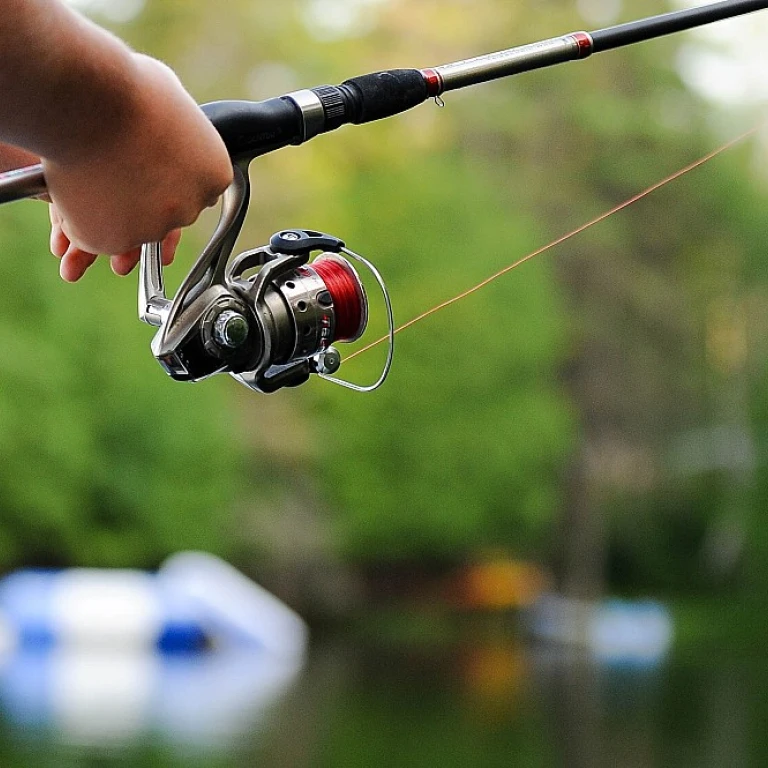
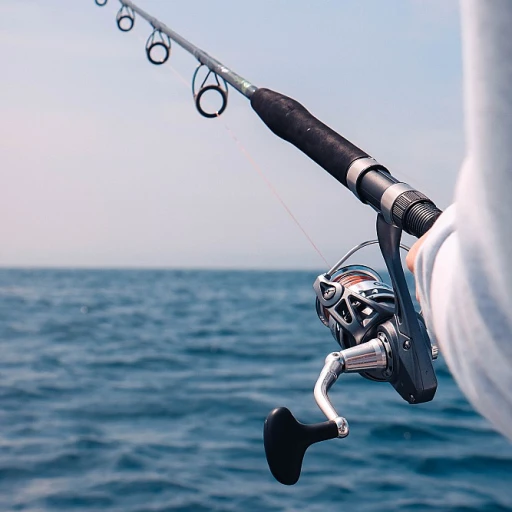

-large-teaser.webp)
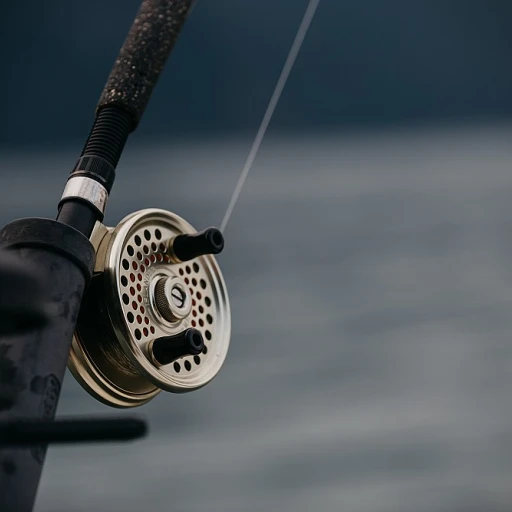

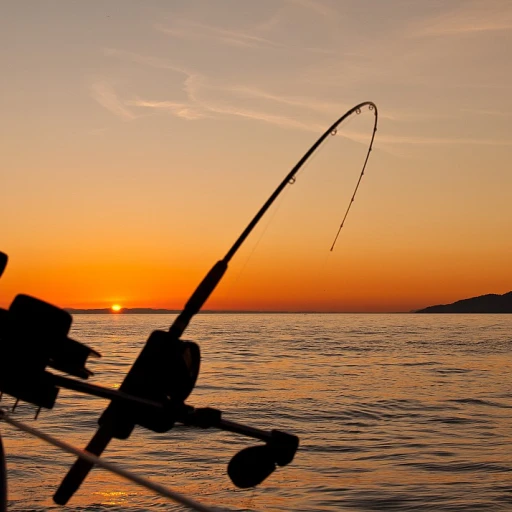
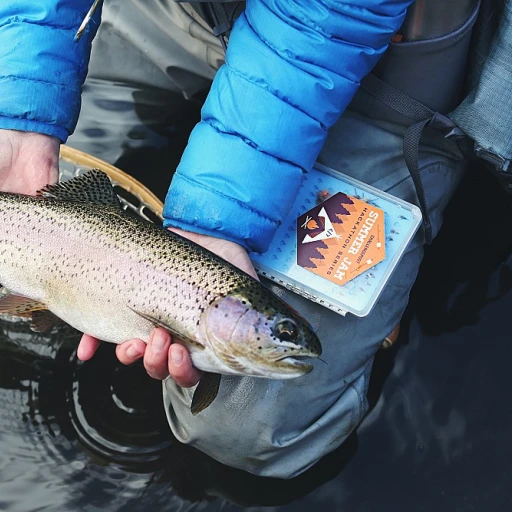
-large-teaser.webp)
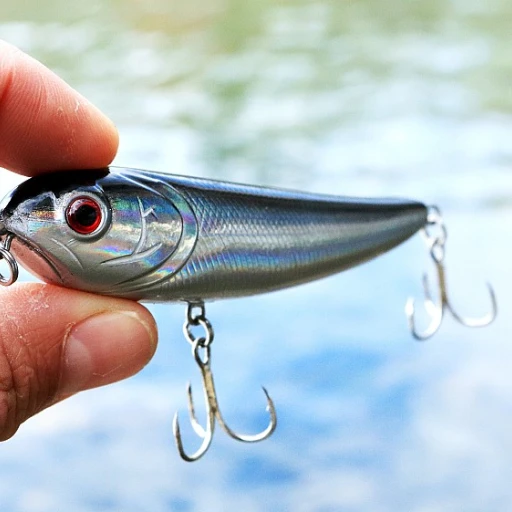

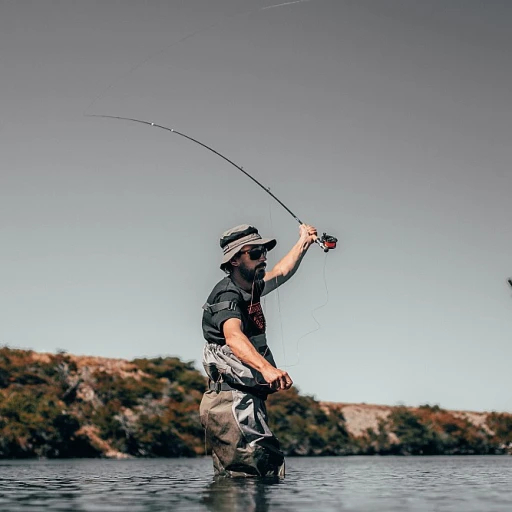
-large-teaser.webp)